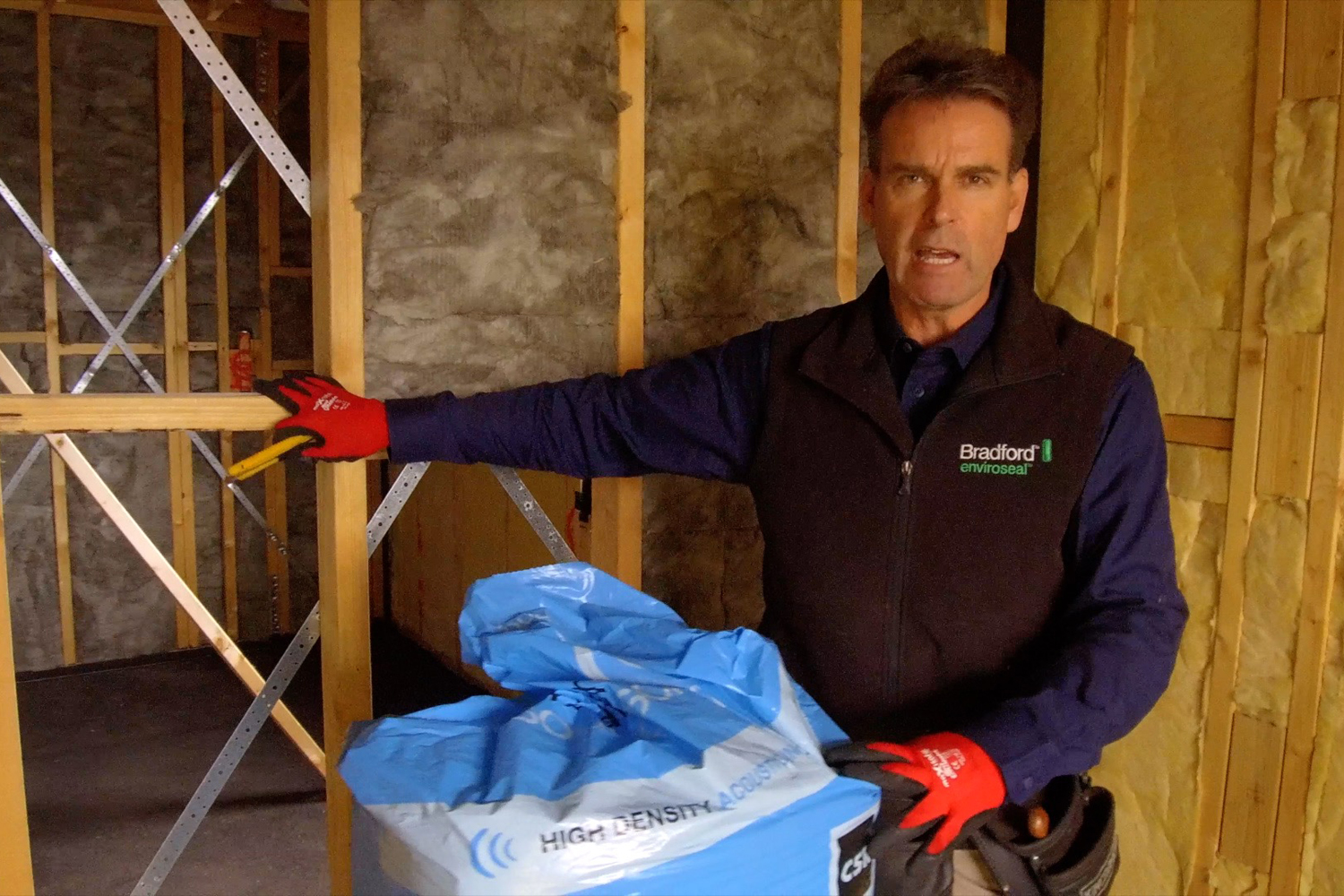A good looking home is just the beginning – you need to plan for optimum acoustic comfort, not just now but in the future
Most new home buyers place a greater focus on the layout and aesthetic aspects of their home, rather than the out-of-sight comfort upgrades. While important, even the best-looking modern home needs to have internal acoustics properly considered for a high-quality result.
It’s all about comfort
When thinking about home comfort, we imagine a space that contributes to our physical and mental wellbeing. Noise-related disturbances are a direct contributor to stress levels – something we all want to avoid, especially when it comes to the comfort of our own home. When planning your new home, you have the opportunity to take important steps towards improving the long-term comfort for your family. It all starts with factoring in effective acoustic comfort upgrades when planning your new home design.
Advice from an acoustic engineer
Joel Parry-Jones, of PKA Consultants is an acoustic consultant who works with architects and builders to help design the acoustic comfort within residential homes. Joel has some sound advice for achieving acoustic comfort in homes:
“Internal acoustics is often overlooked in the design of a new home. The Building Code of Australia doesn’t provide any sound insulation requirements and typically an architect may not consider acoustics in the design stage. There are two main aspects of internal acoustics: sound transmission – noise passing through a wall or floor and reverberation – sound that reflects and echoes within a space. Reverberation is treated on a case by case basis, generally by the introduction of more soft furnishings or other absorptive materials, but sound transmission needs to be treated at the construction stage. Homes these days have very loud noise sources such as large TVs, game consoles and home theatres, but there’s also other typical noise sources such as laundries, bathrooms and entertaining areas to consider. Internal walls are typically constructed with a timber frame and a thin layer of plasterboard on each side. When this type of lightweight wall is left empty, unwanted sound can readily pass through. The easiest and most cost-effective way to minimise sound transmission is to fill the hollow wall with high-density acoustic insulation.”
Insulation has you covered
Bradford SoundScreen acoustic insulation helps you to create quiet spaces in your home such as studies and bedrooms and stops sound escaping noisy entertaining areas like dining rooms and media rooms. Many builders offer SoundScreen upgrades from as little as $400 a room making it a cost-effective upgrade to ensure harmonious living. SoundScreen can only really be installed during construction so it’s important you talk to your builder early on. The Tender stage of the new home building process is the best time to ensure your home will be designed with acoustic comfort in mind.
For more information




















